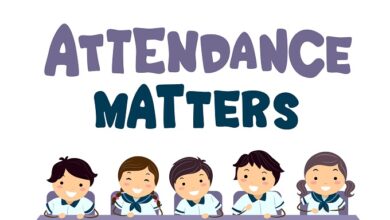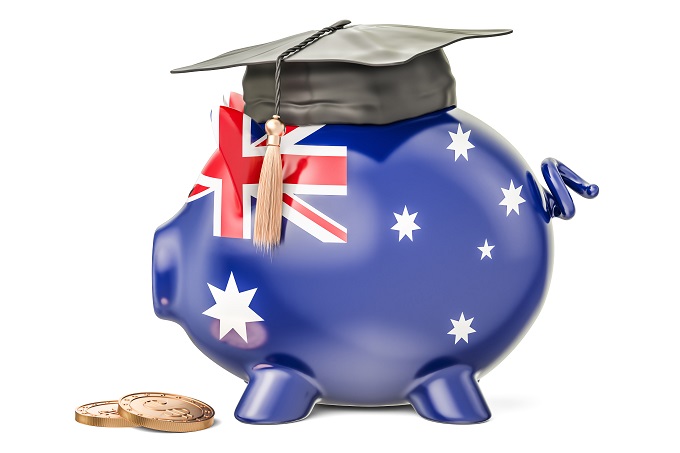
The figures are included in a departmental briefing prepared for witnesses appearing before Senate Estimates, publicly released through freedom of information.
The briefing says that the Australian Government will provide close to $319 billion in recurrent funding to schools between 2018 and 2029. Funding is growing fastest for government schools at an annual average growth of 4.7 percent per student each year over 2018 to 2029. Non-government school funding will increase by 3.8 precent per student each year over 2018 to 2029.
Read the Term 2 edition of School News HERE
Funding in all schools, government and non-government, is based on the Schooling Resource Standard (SRS), a calculation made annually by the Australian Government to identify the cost of educating a child. SRS funding to non-government schools’ is reduced based on parents’ capacity to contribute. This capacity to pay is calculated according to the median parental income at each non-government school. For every student attending a government school, the SRS amount is fully funded regardless of the income of parents.
The Government has committed to working with state and territory governments to get every school on a pathway to its full and fair funding level.
Data from the 2023 Report on Government Services (ROGS) found that the majority of school students, including the vast majority of students from low socio-economic backgrounds, are educated in public schools, but that almost no public school is fully and fairly funded to cater for students.
The briefing states that 1152 private schools will be overfunded to the tune of $3.2 billion over and above their public funding entitlement under the Schooling Resource Standard (SRS).
Independent Schools Australia (ISA) says that on average, independent schools in Australia receive half the funding of government schools.
The Australian Education Union (AEU) believes this overfunding contributes to the overall inequity of school funding, which sees more than 98 percent of private schools funded by the Commonwealth and state and territory governments above the SRS, and more than 98 per cent of public schools funded below the SRS, the education funding standard agreed to by all Australian governments in 2012.
“We cannot continue to accept the deep inequity in school funding in this country, where private schools are overfunded by billions, and public schools are underfunded by billions,” AEU President Correna Haythorpe said.
“It is public schools that enrol the vast majority of Australian students, and it is public schools that enrol disproportionately higher rates of students with additional needs, students that experience disadvantage and students with disability.
“If the Commonwealth and state and territory governments can afford to overfund private schools, they can afford to fully fund public schools. If all Australian public schools had 100 per cent of the Schooling Resource Standard then students from all backgrounds would benefit from smaller class sizes, additional teachers and more resources.
“The Albanese Government must deliver on their election promise and deliver the pathway to full and fair funding for public schools as soon as possible.”







